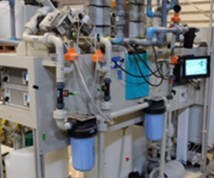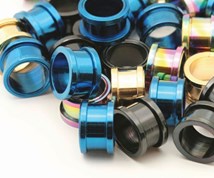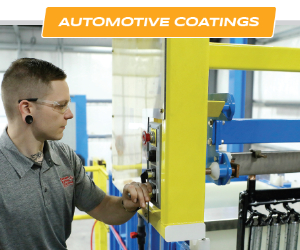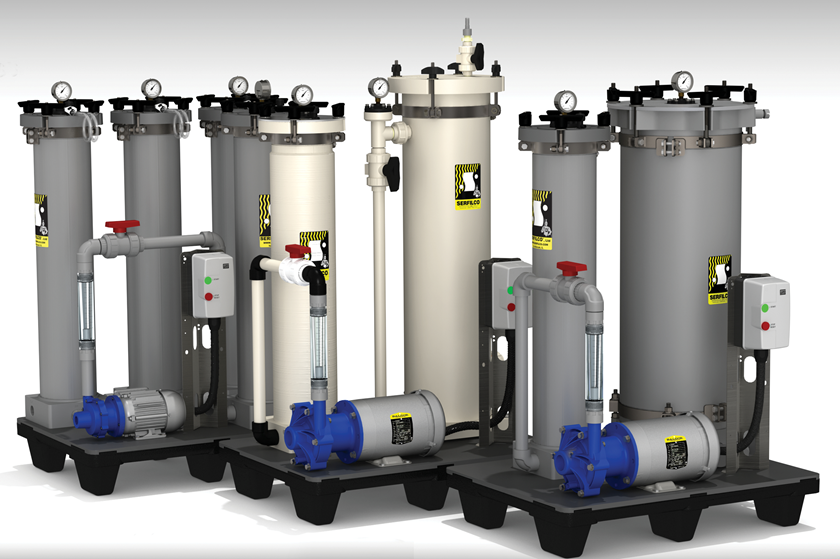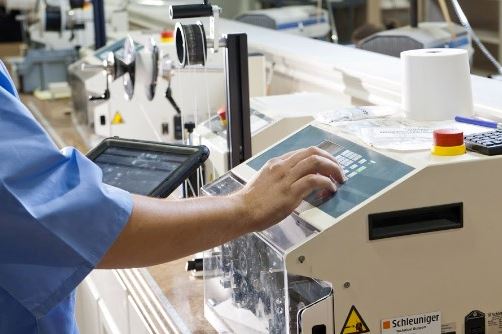Multiple Finishing Processes in One Robotic Finishing Cell
How can a shop reduce costs when multiple part families require several finishing tasks?
Q. Our smaller, stainless machined parts require polishing, deburring and bead blasting. We have a number of part families with medium batch sizes. These multiple finish requirements are driving our labor cost up. What can we do to reduce our cost? –E.C.
A. Your parts sound like excellent candidates for robotic finish system. Robots can be easily programed for flexible automation of small to medium-size part batches. They can also be incorporated to use on all mechanical finish applications.
Featured Content
Your parts can be picked up by the robot, polished, deburred and sent through a bead blaster with one mechanically orchestrated movement, completing the parts and even loading them into the next process.
Robots are programmed to hold the smaller to medium-size parts and move them through the finishing tools. They can also be programmed to hold the finishing tools and bring them to larger parts.
When a part is polished, buffed or deburred using a wearable abrasive wheel or tools, robots are built with pressure compensation devices. This allows consistent unit pressure as the tools wear, producing repeatable results.
Finishing robots are available in various sizes, depending on part size. They are precise, repeatable and reliable. They are gaining favor as parts are becoming more complex with smaller batch sizes. It’s best to purchase these robots from turnkey finishing companies that understand the finishing techniques and requirement.
RELATED CONTENT
-
Polishing vs. Buffing: What's the Difference?
Is polishing the same as buffing? Mechanical finishing expert, Pat Wenino, explains the differences between the two processes.
-
What’s in a Burr?
An unclear definition has led to an industry standard for classifying burrs.
-
How to Select the Right Flap Disc
Consider these five variables to determine what fits your application.



